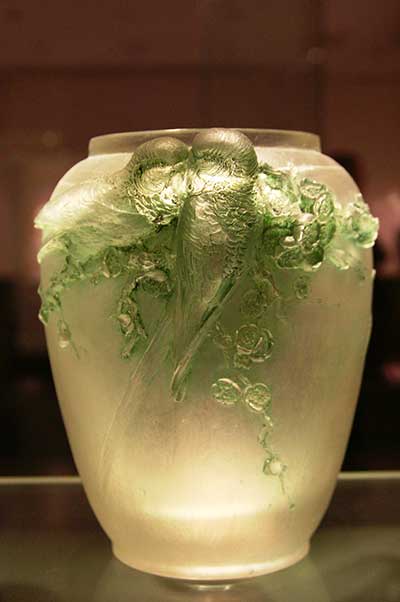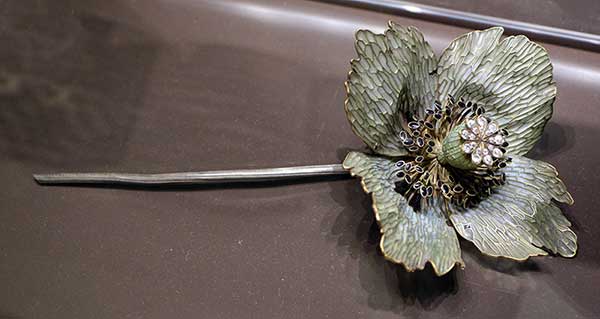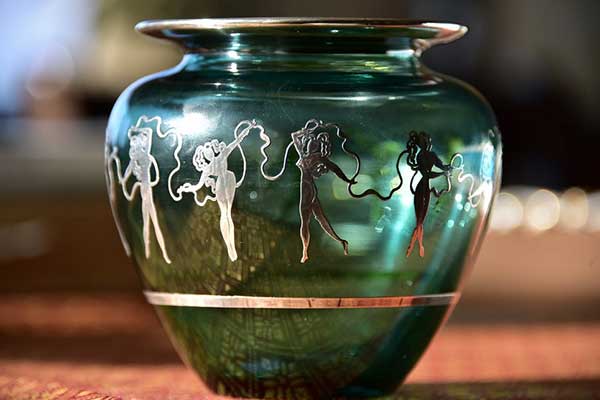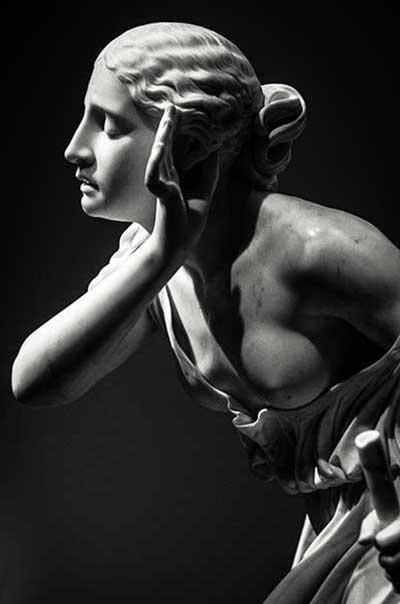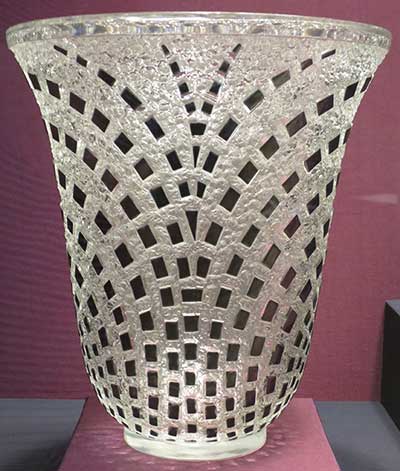
art-deco-lalique’s vase
Between 1920-1930 René Lalique developed his techniques, changed the patterns from curvy natural to stylish geometrical, and gave up Art Nouveau’s style rules while enhancing his artistic position in Art Deco. During the Art Deco period, still, his creations were stunning, his themes magical, and his aesthetic status was exceptionally fashionable and recognized among the art connoisseurs in the following decade.
The exhausted Art Nouveau, replaced by Deco’s geometrical influences, couldn’t provide the required conditions for mass production. The production of standardized interchangeable parts in large quantities decreased the prices. It was an unavoidable manufacturing process. Mechanized production methods challenged the elaborately detailed designs, lowered the use of expensive materials and reduced unique handmade products.
